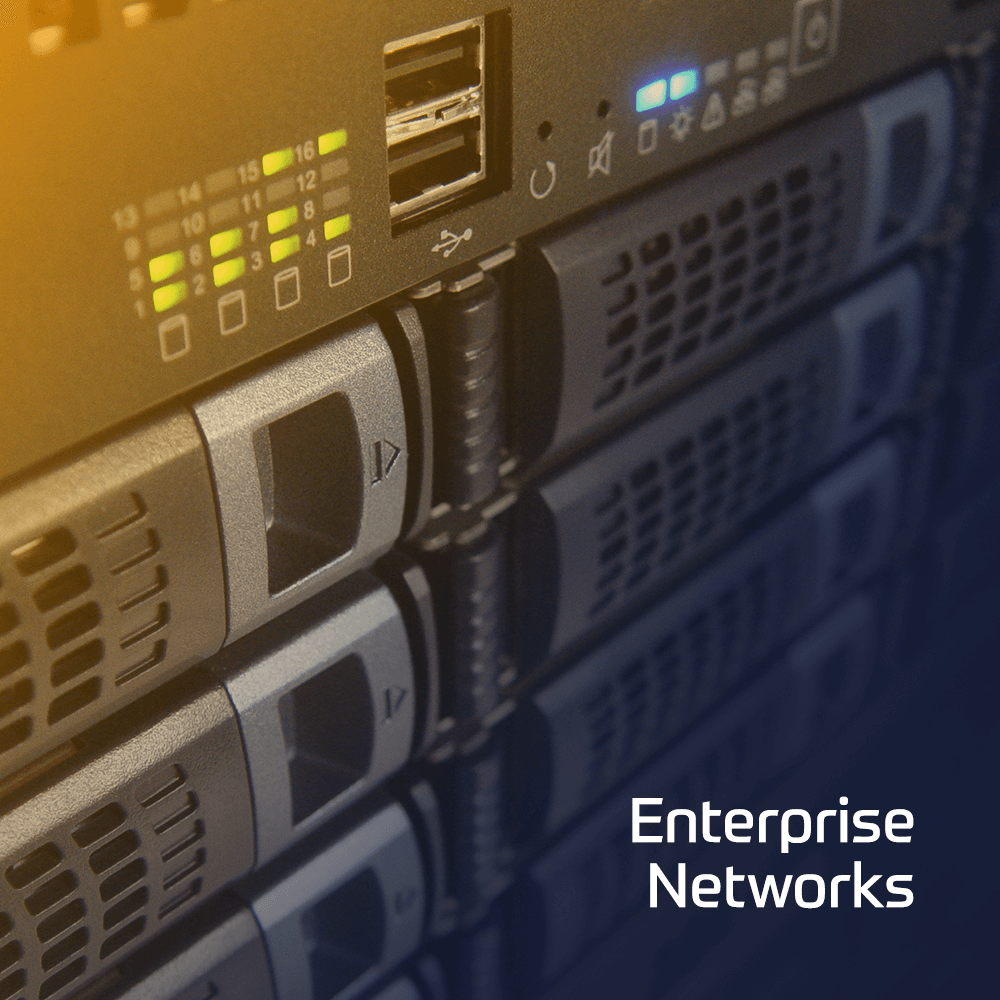In this 16-hour hands-on virtual instructor-led training (VILT) course, you will learn the skills needed to practice as a system administrator responsible for installation, configuration, administration, and support of the Forcepoint NGFW. Through instructional content, demonstrations, and hands-on lab practice exercises, you will learn the requirements and recommendations to successfully deploy Forcepoint NGFW in a variety of network environments. You will develop expertise in creating security rules and policies, managing users and authentication, configuring VPNs, traffic deep inspection, and performing common administration tasks including status monitoring and reporting.
Contact Us
We would love to hear from you. Please complete this form to pre-book or request further information about our delivery options.
 Duration
Duration 4 Days
 Delivery
Delivery (Online and onsite)
 Price
PricePrice Upon Request
Introduction
1 NGFW Overview
- Articulate NGFW key benefits and differentiators from other firewall products
- Differentiate the various NGFW operating modes
- Describe the NGFW Hardware Platform and Virtualization options
- Describe different installation methods
- Understand different NGFW deployment options
2 SMC Overview
- Articulate the NGFW system architecture
- Describe the components of the SMC and its supported platforms
- Identify the properties of the Management & Log server
- Identify the properties of the Web Portal Server
- Articulate the SMC Deployment options
- Understand communication between SMC components and NGFW
- Understand locations and contact addresses
3 Getting Started with SMC
- Describe a high-level overview of the functionality of the management client
- Prepare to perform system backups
- Describe SMC High Availability solutions
- Understand different SMC Administrator roles and access limitation
- Articulate SMC logging approach and how to utilize Logs view
4 NGFW Policies and Templates
- Describe the types of NGFW policies
- Understand firewall policy templates
- Explain automatic rules
- Understand a firewall policy hierarchy
5 Access Control and NAT
- Utilize the policy editor to customize NGFW policies
- Configure Access Control Rules
- Understand Rules Options
- Describe the supported types of NAT
- Configure the Network Address Translation
6 Traffic Inspection
- Understand the difference between stateful and proxy mode
- Configure web filtering
- Explain different ways to control applications
- Configure Sidewinder Proxy on the NGFW
- Describe integration with external solutions
7 Inspection Policies
- Describe the Inspection Policies and Inspection Policy hierarchy
- Configure the system policies and utilize the template for deep packet inspection
- Articulate the different inspection policy components and options
- Modify Inspection rules to react with various traffic
- Understand how to tune the Inspection Policy
8 Malware Detection and File Filtering Policies
- Explain the malware detection process in the NGFW
- Articulate the different options for detecting malware
- Configure a File Filtering Policy
- Explain the detection methods used in the NGFW Inspection
9 Alerting and Notifications
- Explain the alert escalation process in the NGFW system
- Create an alert policy and alert chain to escalate an alert
- Configure alert notifications channels
10 Users and Authentication
- Identify supported directory servers and authentication methods
- Explain and configure user authentication
- Comprehend user identification
- Understand how to integrate active directory interacts with the FUID agent
- Understand ECA agent integration in windows environments
11 Mobile VPN and SSL VPN Portal
- Understand client based and clientless remote access
- Articulate the different Forcepoint options for remote access
- Perform the SSL VPN Portal configuration
12 Site-to-Site VPN
- Understand NGFW VPN Terminology
- Differentiate between policy-based VPN and route-based VPN
- Understand different site-to-site VPN topologies
- Configure a policy-based VPN
13 Using Logs
- Describe the log entry types available in the NGFW
- Analyze how pruning filters affect log data
- Create permanent filters
- Illustrate the analysis and visualization tools for logs
- Configure log data management tasks
14 Monitoring, Statistics, and Reporting
- Understand status monitoring views and dashboards
- Understand Overviews and alert thresholds
- Create customizable reports from log data
- Comprehend the different third-party probing methods
15 Policy Tools
- Understand policy snapshots within the Management Server
- Run the Rule Search tool available for Access rules, NAT rules, and Inspection Policies
- Utilize the Policy Validation tool
- Understand the Rule Counter Analysis
- Comprehend the Policy Activation process in NGFW
16 Troubleshooting
- Understand the full troubleshooting process
- Recognize the different kinds of logs that SMC provides to perform troubleshooting
- Utilize various logs for troubleshooting and understand their meaning
- Capture traffic and run diagnostics
- Learn what to provide support when troubleshooting
- Apply knowledge through three common problem scenarios
17 What’s new in NGFW latest version
- Describe the new features added in the latest Forcepoint NGFW version.
- New and existing customers of Forcepoint NGFW
- Forcepoint channel partners
- Forcepoint NGFW end users
- General understanding of system administration and Internet services
- Basic knowledge of networking and computer security concepts
- A computer that meets the requirements noted in System Requirements
Introduction
1 NGFW Overview
- Articulate NGFW key benefits and differentiators from other firewall products
- Differentiate the various NGFW operating modes
- Describe the NGFW Hardware Platform and Virtualization options
- Describe different installation methods
- Understand different NGFW deployment options
2 SMC Overview
- Articulate the NGFW system architecture
- Describe the components of the SMC and its supported platforms
- Identify the properties of the Management & Log server
- Identify the properties of the Web Portal Server
- Articulate the SMC Deployment options
- Understand communication between SMC components and NGFW
- Understand locations and contact addresses
3 Getting Started with SMC
- Describe a high-level overview of the functionality of the management client
- Prepare to perform system backups
- Describe SMC High Availability solutions
- Understand different SMC Administrator roles and access limitation
- Articulate SMC logging approach and how to utilize Logs view
4 NGFW Policies and Templates
- Describe the types of NGFW policies
- Understand firewall policy templates
- Explain automatic rules
- Understand a firewall policy hierarchy
5 Access Control and NAT
- Utilize the policy editor to customize NGFW policies
- Configure Access Control Rules
- Understand Rules Options
- Describe the supported types of NAT
- Configure the Network Address Translation
6 Traffic Inspection
- Understand the difference between stateful and proxy mode
- Configure web filtering
- Explain different ways to control applications
- Configure Sidewinder Proxy on the NGFW
- Describe integration with external solutions
7 Inspection Policies
- Describe the Inspection Policies and Inspection Policy hierarchy
- Configure the system policies and utilize the template for deep packet inspection
- Articulate the different inspection policy components and options
- Modify Inspection rules to react with various traffic
- Understand how to tune the Inspection Policy
8 Malware Detection and File Filtering Policies
- Explain the malware detection process in the NGFW
- Articulate the different options for detecting malware
- Configure a File Filtering Policy
- Explain the detection methods used in the NGFW Inspection
9 Alerting and Notifications
- Explain the alert escalation process in the NGFW system
- Create an alert policy and alert chain to escalate an alert
- Configure alert notifications channels
10 Users and Authentication
- Identify supported directory servers and authentication methods
- Explain and configure user authentication
- Comprehend user identification
- Understand how to integrate active directory interacts with the FUID agent
- Understand ECA agent integration in windows environments
11 Mobile VPN and SSL VPN Portal
- Understand client based and clientless remote access
- Articulate the different Forcepoint options for remote access
- Perform the SSL VPN Portal configuration
12 Site-to-Site VPN
- Understand NGFW VPN Terminology
- Differentiate between policy-based VPN and route-based VPN
- Understand different site-to-site VPN topologies
- Configure a policy-based VPN
13 Using Logs
- Describe the log entry types available in the NGFW
- Analyze how pruning filters affect log data
- Create permanent filters
- Illustrate the analysis and visualization tools for logs
- Configure log data management tasks
14 Monitoring, Statistics, and Reporting
- Understand status monitoring views and dashboards
- Understand Overviews and alert thresholds
- Create customizable reports from log data
- Comprehend the different third-party probing methods
15 Policy Tools
- Understand policy snapshots within the Management Server
- Run the Rule Search tool available for Access rules, NAT rules, and Inspection Policies
- Utilize the Policy Validation tool
- Understand the Rule Counter Analysis
- Comprehend the Policy Activation process in NGFW
16 Troubleshooting
- Understand the full troubleshooting process
- Recognize the different kinds of logs that SMC provides to perform troubleshooting
- Utilize various logs for troubleshooting and understand their meaning
- Capture traffic and run diagnostics
- Learn what to provide support when troubleshooting
- Apply knowledge through three common problem scenarios
17 What’s new in NGFW latest version
- Describe the new features added in the latest Forcepoint NGFW version.
- New and existing customers of Forcepoint NGFW
- Forcepoint channel partners
- Forcepoint NGFW end users
- General understanding of system administration and Internet services
- Basic knowledge of networking and computer security concepts
- A computer that meets the requirements noted in System Requirements

 Finland
Finland Germany
Germany Denmark
Denmark Sweden
Sweden Italy
Italy Netherlands
Netherlands Norway
Norway 

























